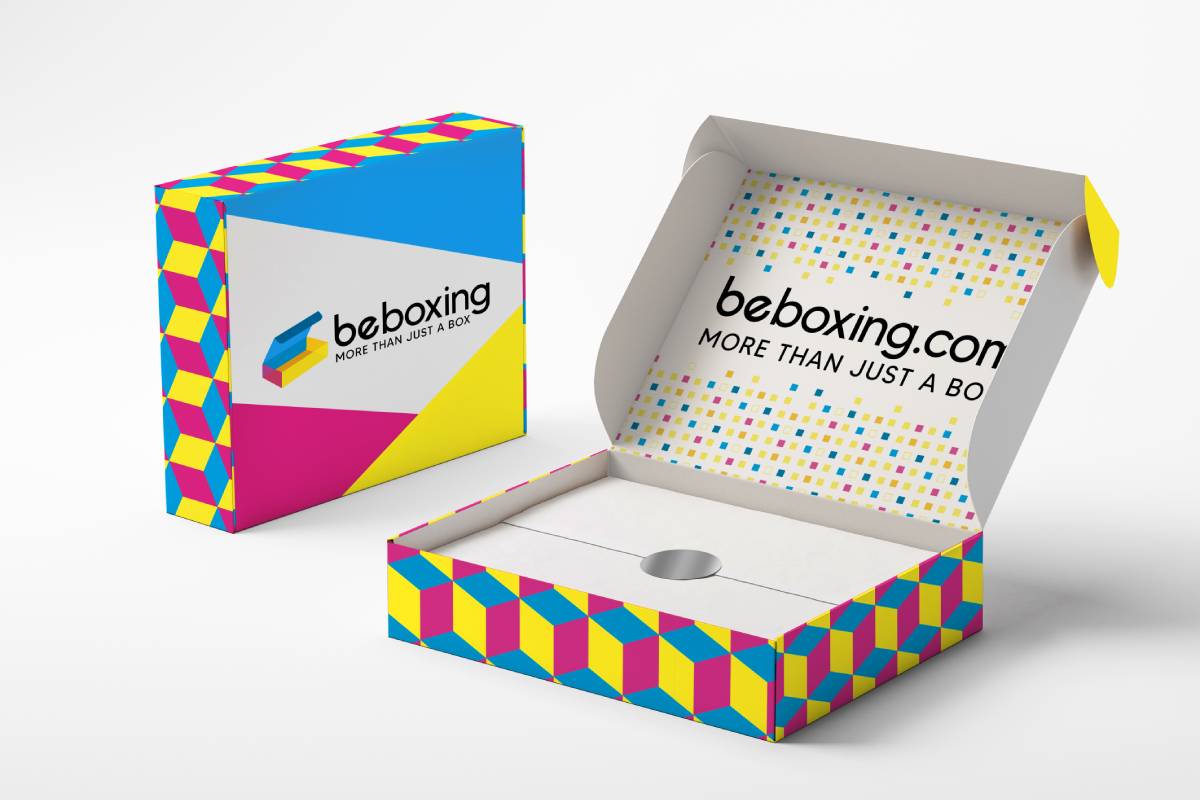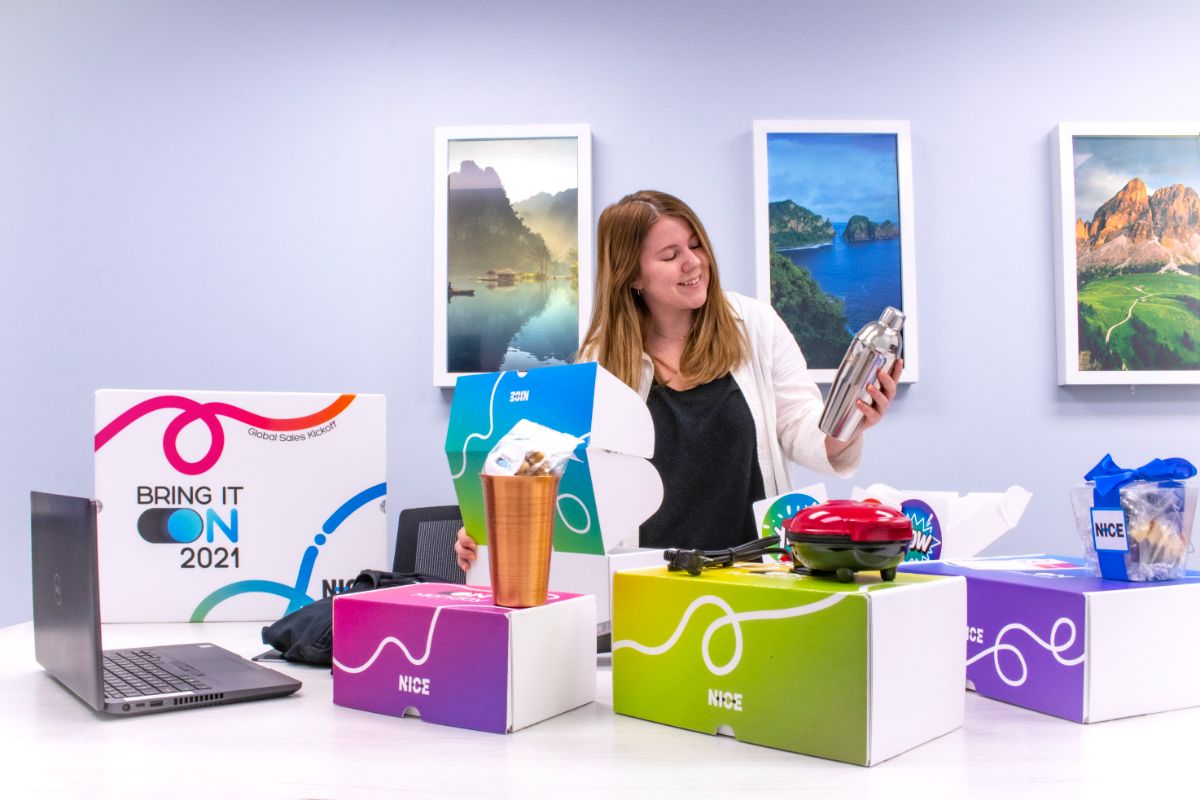Packaging Design Mistakes to Avoid
Packaging plays a crucial role in product presentation, protection, and transportation. When done right, it can elevate a brand's image, increase sales, and enhance customer satisfaction. However, the packaging process can be complex and challenging, leading to several common mistakes that businesses often make, impacting package branding opportunities or even ruining them completely . In this blog, we will explore the top packaging and design mistakes that should be avoided to ensure success and sustainability in the competitive marketplace.
1. Inadequate Research and Planning:
One of the most significant branded and custom packaging mistakes many companies make is rushing into the packaging design process without conducting thorough research and planning to inform an effective marketing and branding opportunity. Brands must understand their target audience, market trends, and competitors' strategies before designing their packaging. Neglecting this crucial step may lead to a disconnect between the product and its packaging, resulting in decreased customer engagement and sales.
To avoid this mistake, invest time and resources in market research, consumer surveys, and competitor analysis. Armed with this information, you can tailor your packaging to resonate with your intended audience, effectively conveying your brand's message.
2. Ignoring Eco-Friendly Options:
In the era of heightened environmental consciousness, neglecting eco-friendly packaging options is a major mistake. According to recent market polling, consumers increasingly prefer sustainable products and are more likely to support brands that actively participate in reducing their environmental impact. Using excessive plastic or non-recyclable materials can alienate eco-conscious customers and damage your brand reputation.
Embrace eco-friendly alternatives such as biodegradable, compostable, or recyclable materials. Not only will this improve your brand image, but it also showcases your commitment to environmental responsibility, attracting a broader customer base.
3. Overcomplicating Design:
Simplicity is key when it comes to packaging design. Overcomplicating the package design with excessive graphics, intricate fonts, or cluttered information can overwhelm customers and detract from the product itself. A clean and straightforward design ensures that your product stands out on the shelves or tells the story you want to tell during a product launch without distractions .
Focus on creating a harmonious balance between aesthetics and functionality. Invest in high-quality imagery and typography that complements your brand's identity and highlights essential product information.
4. Neglecting Product Protection:
Packaging serves a primary purpose – to protect the product during transportation and storage. Neglecting this crucial aspect can lead to damaged goods, costly returns, and dissatisfied customers. Fragile or perishable items require specialized packaging to prevent breakage or spoilage.
Conduct thorough testing and quality assurance measures to ensure your packaging can withstand the rigors of the supply chain. Utilize protective materials such as bubble wrap, foam, or corrugated inserts to safeguard your products and maintain their integrity.
5. Disregarding Legal and Safety Requirements:
Compliance with legal and safety regulations is non-negotiable when it comes to packaging. Failure to adhere to these requirements can result in legal troubles, product recalls, and reputational damage. Specific industries may have unique regulations related to labeling, warnings, or child-resistant packaging.
Stay informed about the relevant packaging standards and requirements in your region and industry. Work closely with legal experts and regulatory authorities to ensure your packaging is fully compliant, safe, and meets all necessary guidelines.
6. Lack of Brand Consistency:
Packaging is a critical component of your brand identity. Failing to maintain consistency across all packaging designs can create confusion among customers and weaken brand recognition. Consistency in color schemes, logos, and overall aesthetics reinforces your brand image and fosters brand loyalty.
Whether it's a product from your flagship line or a limited-edition item, make sure that the packaging aligns with your brand guidelines. This cohesion reinforces brand trust and makes it easier for customers to identify your products on the shelves.
7. Inadequate Labeling:
Clear and accurate labeling is crucial for informing consumers about the product and its contents. Poorly designed labels with unclear instructions or missing essential information can lead to customer frustration and even potential health hazards.
Ensure that all necessary details are present on the packaging, such as product name, ingredients, usage instructions, expiration date, and any relevant warnings. Make the font size and style legible to avoid any confusion, especially for smaller or elderly customers.
8. Neglecting Packaging Testing:
Packaging prototypes should undergo rigorous testing before mass production and distribution. Skipping this step can lead to unexpected issues like leaks, spoilage, or improper fitting, which could be costly in terms of both finances and brand reputation.
Perform thorough testing on your packaging under various conditions to identify potential weaknesses. Test for factors like durability, temperature resistance, and tamper resistance to ensure that your packaging can withstand real-world scenarios.
Avoiding packaging mistakes is crucial for businesses aiming to achieve success and sustainability in the market. By conducting thorough research, embracing eco-friendly options, simplifying design, protecting products, adhering to legal requirements, maintaining brand consistency, providing adequate labeling, and conducting proper testing, brands can create packaging that not only protects their products but also captivates consumers and reinforces brand loyalty. Embracing a holistic approach to packaging ensures that your brand stands out in the competitive marketplace while contributing to a more sustainable and eco-conscious future.





